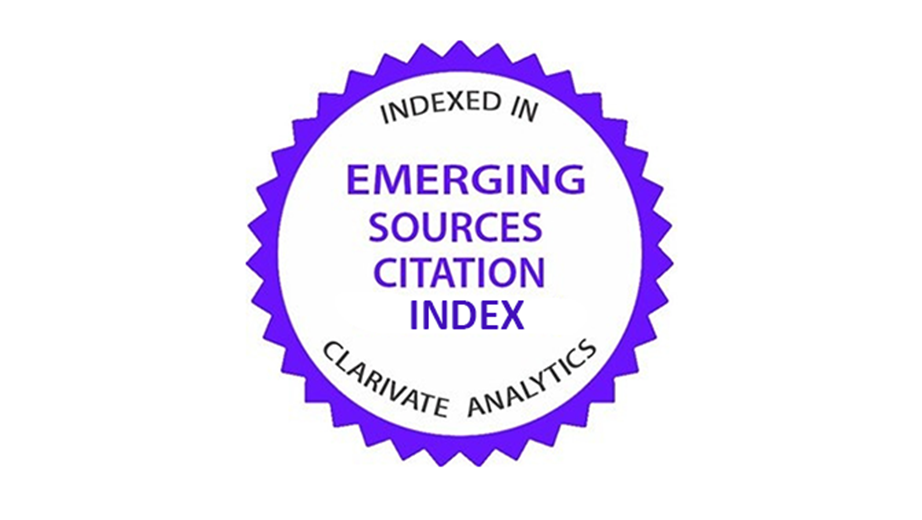Limiting therapeutic efforts (LTE) in the intensive care units (ICU). Ethical criteria and decision-making processes
DOI:
https://doi.org/10.18270/rcb.v10i3.776Keywords:
Limitation of therapeutic efforts (LTE), bioethics, intensive care units (ICU), ethical dilemmas, bioethics principlesAbstract
This research explains the nature of ethical dilemmas in respect to the decisions of therapeutic limitations, its bioethical, legal, and jurisprudential scopes in the intensive care units in the metropolitan area of Pereira, considering the health team, patient-family, and the applicability of the Colombian rules in the actions of judges and prosecutors. It was done through triangulation of social investigation techniques; qualitatively grounded theory was utilized; quantitatively a survey was applied, analyzed subsequently through descriptive and inferential statistics. Described are the types of tension between actors and ethical dilemmas in such circumstances, resolution of the mentioned components, and their interaction in decision-making. It shows that in ethical and legal decision making there exists some contradiction and stresses the importance of bioethics and its presence in hospital ethical committees in order to seek resolution to ethical dilemmas that should not be based solely on monodisciplinary responses by the doctors. It stresses the need for the actions of lawyers to be enriched with discourse and pluralistic and multidisciplinary analysis.
Downloads
References
2. CAMPOS A. Agustín. Métodos Mixtos de investi-gación. Bogotá: Cooperativa Editorial Magisterio, 2009.
3. CAPRA, F. La Trama de la vida. Una nueva perspecti-va de los sistemas vivos. Barcelona: Anagrama, New York, 1996.
4. COLOMBIA. CORTE CONSTITUCIONAL Sala ple-na. Sentencia C-239, del 20 de mayo de 1997. M. P. Carlos Gaviria Díaz. [En línea]. [Fecha de consulta 4 de septiembre de 2013]. Disponible en http://www.corteconstitucional.gov.co /relatoria/1997/c-239-97.htm
5. COLOMBIA. MINISTERIO DE SALUD. Resolu-ción 5261 (5, agosto, 1994). Establece el Manual de Actividades, Intervenciones y Procedimientos del Plan Obligatorio de Salud en el Sistema General de Seguridad Social en Salud. [En línea]. [Fecha de consulta 16 de octubre de 2013] http://www.noti-net.com. co/pedidos/Rms5261-94.htm
6. CORTINA, Adela. Ética sin moral. 2.a ed. Madrid: Tecnos, 1992.
7. ENGELHARDT, Tristram. Fundamentos de la bioéti-ca. Barcelona: Paidós, 1995.
8. ESCOBAR TRIANA, Jaime. Morir como ejercicio final del derecho a una vida digna. Colección Bios y Ethos N.o 7, Bogotá: Universidad El Bosque, 2000.
9. GHERARDI, Carlos R. Vida y Muerte en Terapia Intensiva.Estrategias para conocer y participar en las decisiones. Buenos Aires: Editorial Biblos, 2007.
10. GRACIA, Diego. Fundamentos de Bioética. Madrid: Triacastela, 2008.
11. GRACIA, Diego. Primum non nocere. El principio de No-maleficencia como fundamento de la ética médica. Madrid: Instituto de España, Real Academia de Medicina, 1990. Citado por ESCOBAR TRIANA, Jaime. Morir como ejercicio final del derecho a una vida digna. Colección Bios y Ethos N.o 7, B o got á: Universidad El Bosque, 2000.
12. HOTTOIS, Gilbert. ¿Qué es la bioética? Bogotá: VRIN- Universidad El Bosque, 2007.
13. KOTTOW, Miguel. Participación informada en clí-nica e investigación biomédica. Las múltiples facetas de la decisión y el consentimiento informado. Bogotá: Unesco, 2007.
14. LEÓN C., Francisco Javier. «Las voluntades an-ticipadas: análisis desde la experiencia en ética clínica». En Revista Colombiana de Bioética. Vol. 3 N.º 2, pp. 83-101. Universidad El Bosque. Bogotá: Kimpres, 2008.
15. MEJÍA RIVERA., Orlando. La Muerte y sus símbo-los. Muerte, tecnocracia y posmodernidad. Medellín: Editorial Universidad de Antioquia, 1999.
16. NOVILLO, Abel et al. Limitación de los esfuer-zos terapéuticos. Resultados de un registro pros-pectivo en una sala de clínica médica. En Me-dicina Buenos Aires, Centro de Educación Médica e Investigaciones Clínicas Norberto Quirno (CE-MIC). pp. 437-–441. Medicina (Buenos Aires) Vol. 68 N.° 6 Ciudad Autónoma de Buenos Aires nov-dic., 2008. [En línea]. [Fecha de consulta 14 de noviembre de 2010]. Disponible en http://www.scielo.org.ar/scielo.php?pid=S0025-76802008000600005&script=sci_arttext
17. OVALLE GÓMEZ, Constanza. Práctica y significado del consentimiento informado en hospitales de Colom-bia y Chile. Colección Bios y Oikos. N.° 7. Bogotá: Universidad El Bosque, 2009.
18. RINCÓN R. Mónica. «Educación, bioética y toma de decisiones éticas». En Revista Latinoamericana de Bioética. N.° 2, pp. 114-123, 2008. Bogotá: Univer-sidad Militar Nueva Granada, diciembre de 2008.
19. RODRÍGUEZ S. Clemente. «La triangulación ana-lítica como recurso para la validación de estudios de encuesta recurrentes e investigaciones de réplica en educación superior». En Revista electrónica de investigación y evaluación educativa. Universidad de Valencia España. Año/vol 12, N.° 2, 2 pp. 289–305. [En línea]. [Fecha de consulta 20 de abril de 2011]. Disponible en http://redalyc.uaemex.mx
20. THOMPSON, Trevor et al. «Adherence to advance directives in critical care decisions making: vignette study». BMJ 2003;327:1011. M Lahn, B Friedman, P Bijur, M Hayghey, EJ Gallager. «Advance directives in skilled nursing facility residents transferred to emer-gency departments». En Rev. AcadMerg Med 2001 Dec, 8 (12):1158-62. Lars Sandman et al. «Ethical Considerations of Refusing Nutrition After Stroke». Nursing Ethics, 2008, 15: 147-159.
21. TORREGROSA S. Rafael et al.La bioética y la clínica, una aproximación desde la práctica diaria. Valencia: Generalitat Valenciana - Conselleria de Sanitat. EVES, 2005.
22. WALZER M. Las esferas de la justicia. Una defensa del pluralismo y de la igualdad. México: FCE, 1997. Citado por GUZMÁN U. María del P. «Análisis de las principales estrategias de racionalización de los recursos sanitarios en las reformas sanitarias actuales». En Revista gerencia y políticas de salud.Pontificia Universidad Javeriana. Año/vol 6. N.° 13. 2007, p. 72. [En línea]. [Fecha de consulta 15 de abril de 2011] Disponible en http://redalyc.uaemex.mx
23. ZÚÑIGA F., Alejandra. «Derechos del paciente y eutanasia en Chile». En Revista de Derecho (Austral).N.° 2, p. 112, diciembre de 2008.
Downloads
Published
How to Cite
Issue
Section
License

Esta obra está bajo licencia internacional Creative Commons Reconocimiento-NoComercial-SinObrasDerivadas 4.0.














